Artificial Gravity: Applications from Space Exploration to Daily Life
Imagine cities with artificial gravity zones, where people can experience weightlessness for recreation or athletes can train for extreme environments. Imagine hospitals where patients recover faster and with higher endurance due to the positive effect of artificial gravity. Imagine a world with safe and affordable travel because, in this world, artificial gravity can be achieved. The role of gravity is undeniable.
Artificial gravity! A concept that sparks the imagination and ignites of a future where humanity ventures beyond Earth’s embrace, unbound by the shackles of gravity! Let’s delve into the possibilities with open minds and a touch of that scientific curiosity that drives us ever forward!
Introduction: Escaping Earth’s Pull
Right from the time when we make our first breathe in this world, we are living with the force called gravity. This controls how our bodies grow, how we move, and even our perception about things within our physical environment. However, this dependable friend also effectively poses a massive challenge to our visions of space adventure.
The astronauts, who are in space and exposed to microgravity for long-time durations, surely have to pay a price. There are many physiological changes such as bone density loss, muscle atrophy, cardiovascular deconditioning and a lot more in astronauts. Think of your bones getting as frail as an ancient porcelain or your muscles turning soft like melting ice! It remains a problem that will have to be solved when planning future explorations and the development of a permanent human habitation in outer space.
This is where the prospects of having artificial gravity really shines! Imagine if you will also be able to feel the floor underneath your feet pulling you down even after reaching the outer space. It is a wondrous vision, a ray of hope to humanity, what elusive dream can mankind achieve in exploring the ultimate frontier of space.
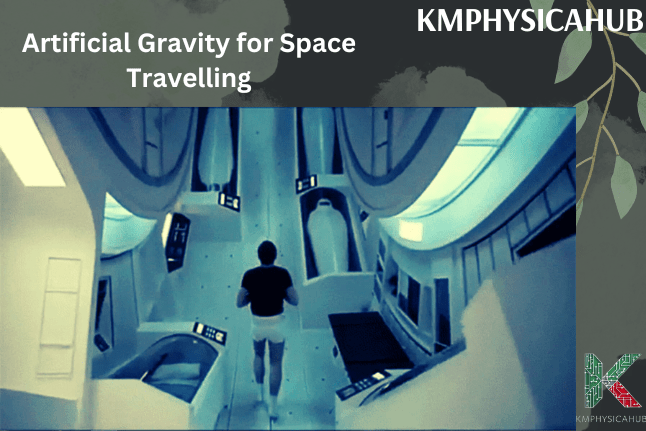
What is Artificial Gravity
Artificial gravity can be described as the production of a force that provides similar results with the universal force of gravitation as experienced on the Earth. It’s not about manipulating gravity itself, but rather creating a similar force using other means. Artificial gravity aims to produce a similar sensation of weight and downward force, but without relying on the Earth’s massive gravitational field.
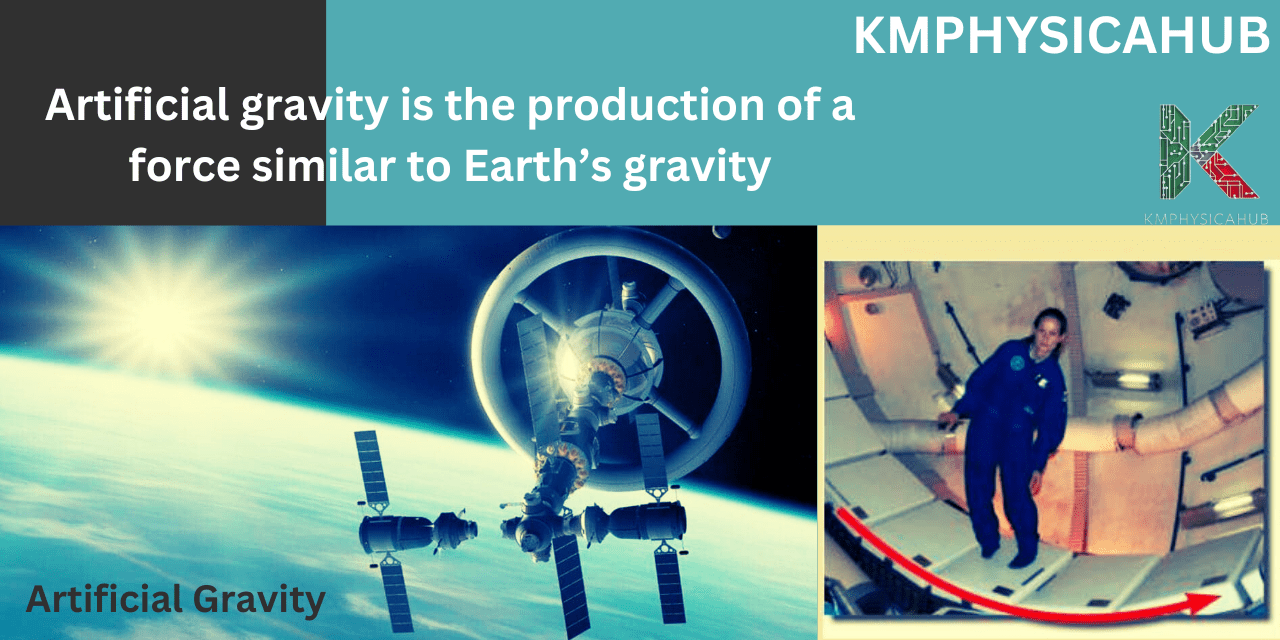
Methods to Create Artificial Gravity
But how do we create this artificial gravity? Well, the answer lies in the fundamental principles of physics.
While we haven’t yet achieved true artificial gravity like that in science fiction, we can simulate its effects. Here are a few leading methods:
Rotational Gravity: The Cosmic Waltz
The Principle: Imagine a giant spinning top, or perhaps a graceful space station rotating slowly in the void. This rotation generates centrifugal force, pushing objects outwards from the center. If you were standing inside this rotating structure, your feet would be pressed against the outer rim, creating a sensation remarkably like gravity!
Advantages: This method is quite clear and does not involve much odd materials, or massive energy consideration though spinning a space station is not a small task at all.
Challenges:
- The Coriolis Effect: Rotation creates a rather strange effect where from a point of a stationary observer, objects that are moving will seem to be curved. It might result with dizziness, disorientation and coordination problems at increasing rotational speed.
- Size Matters: To create Earth-like gravity, a large rotating structure is needed. Building and launching such a behemoth poses significant engineering hurdles.
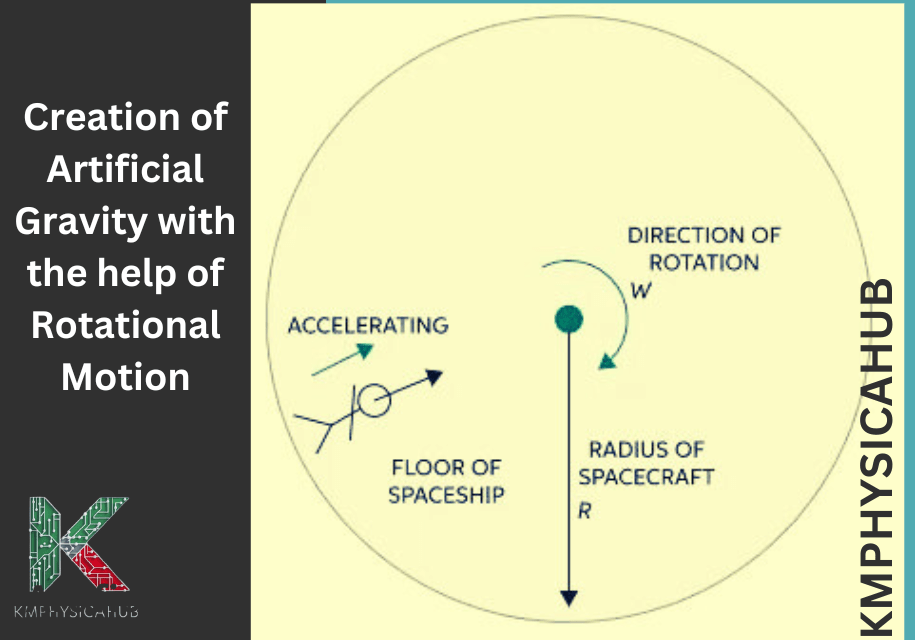
Linear Acceleration: A Constant Push
The Principle: Imagine a spacecraft continuously accelerating through space at a constant rate. This constant acceleration would produce an inertial force that feels like gravity pushing you backward. Think of being in an accelerating car—you feel pressed back into your seat.
Advantages: It provides a more consistent and uniform gravitational effect compared to rotation, without the pesky Coriolis effect.
Challenges:
- Fuel Guzzler: Maintaining constant acceleration requires a tremendous and continuous expenditure of fuel, which is a major limitation with current technology.
- One-Way Trip: This method really only works well for journeys in a consistent direction. Slowing down or changing course would require flipping the spacecraft and accelerating in the opposite direction, further complicating matters.

Magnetic Fields: A Forceful Embrace (Still Theoretical)
The Principle: This is where things get truly futuristic! The concept used here is to generate very strong magnetic fields that will effectively recreate gravity. As with two magnets where one attracts and the other repels, a sufficient force could be provided by the magnet to mimic the force of gravity on objects in its field.
Advantages: It may have the capability to deliver a more localized gravity compared to previous methods alongside having the capability to vary the gravitational effect.
Challenges:
- Technological Hurdles: This implies that this method exists more in theoretical physics currently and has not been applied in solving practical engineering problems. Conducting and shaping strong magnetic fields that can produce noticeable artificial gravity would be technologically challenging due to the enormous energy demands.
- Biological Considerations: Potential health risks factors might be associated with long-term exposure to the strong magnetic fields on the human body.
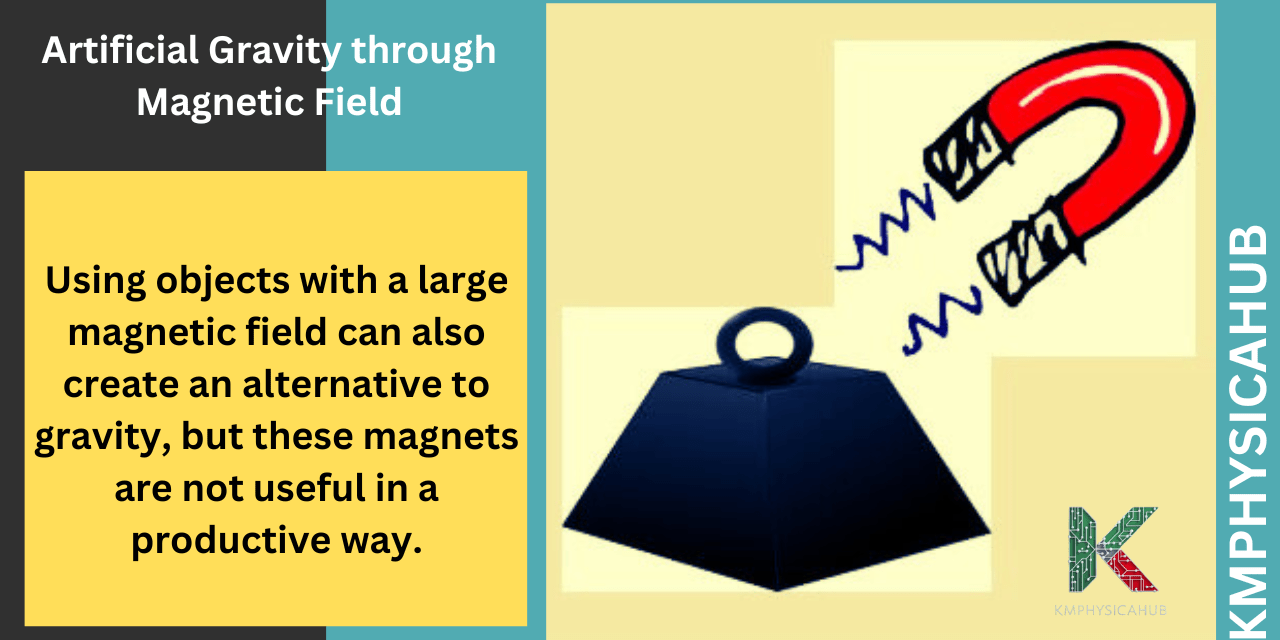
Applications in Space Exploration
- Mitigating Health Risks: Through the use of gravity-simulation, negative health impacts of microgravity on the astronauts can either be prevented or reduced to a very small level. Think of astronauts coming from their many months or years in space as fresh as when they were when they were blasted off and with their muscles tightly compacted and their souls filled with joy!
- Enhancing Comfort and Functionality: The invention of artificial gravity means that spacecraft and space habitats could become more comfortable and offer still more functions as living spaces. People could do things such as transport themselves and manipulate their nearby environment without having to fight gravity’s pull at every turn. What it must be like to eat a meal without having to worry about everything floating away or laying down and going to sleep on a real bed with your head on a pillow!
- Enabling Long-Term Missions and Space Colonies: Artificial gravity is very important if we are to have the fulfillment of dreams of setting up extended space expeditions, let alone making space colonies. It would enable us to set up closed ecological systems in which humans could live and work for several generations; thus, the civilization could spread across the galaxy, guaranteeing the existence of people for millions of years. Think of babies getting born in the space and their giggles would be heard in the well-developed space station, such a promising future!
Daily Life Applications of Artificial Gravity
While we haven’t fully achieved artificial gravity like what you see in science fiction movies, the concept has exciting potential applications, many still in theoretical stages:
Revolutionizing Healthcare: Artificial gravity could be a game-changer in medicine, particularly in rehabilitation and the treatment of conditions affected by gravity.
- Bone and Muscle Regeneration: Simulated gravity environments could help patients regain bone density and muscle mass after prolonged bed rest, injuries, or illnesses that lead to atrophy. It’s like giving the body a gentle nudge to rebuild itself, stronger than before.
- Spinal Cord Injury Treatment: As a result of reducing the load on the spine with help of carefully regulated artificial gravity doctors might help the damaged vertebrae to heal; spinal cord injury patients could have a new ray of hope.
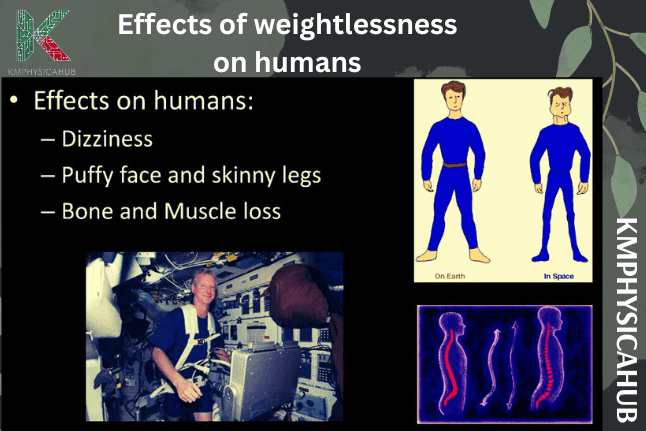
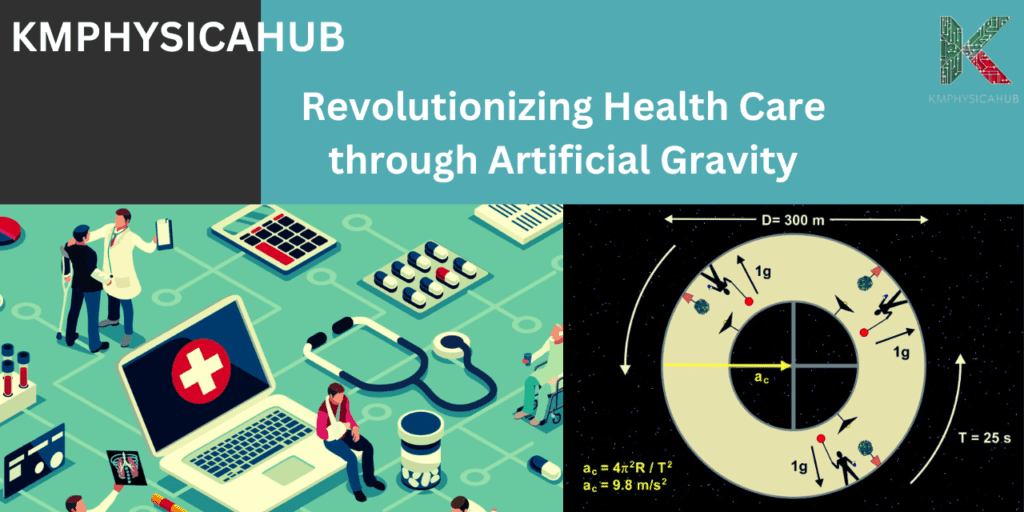
Transforming Transportation: Control on twisting gravity has the potential of transforming transportation significantly.
- High-Speed Transit: One of the benefits of Artificial gravity could be the ability to operate ultra-high-speed trains that can travel at enormous velocities and yet do not affect the passengers’ bodies due to acceleration and deceleration. Passengers would feel comfortable even at supersonic speeds.
- Futuristic Vehicles: Think about cars, airplanes and even individual transport, where passengers and drivers will be comfortably assisted by artificial gravity. We could say good bye to motion sickness, cut travel time to half, and apparently enter the age of safety and efficiency.
Use of Rotating Rooms for Training:
- Acclimatization and Adaptation: Astronauts can constantly go into the rotating rooms where they can practice feelings of artificial gravity. It assists the residents align themselves to the different changes in balance and coordination.
- Physical Training: Rotating rooms provide the astronauts with the experiences they are expected to work on in space but under microgravity. This is especially crucial for those tasks which require the subject to be mobile, handle objects or tools, or execute complex work.
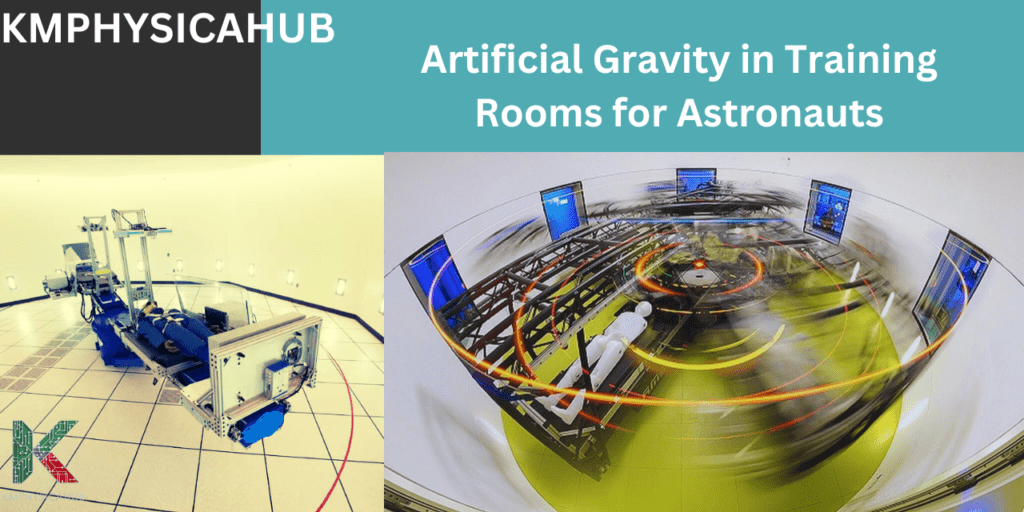
Challenges and Limitations:
As with any transformative technology, artificial gravity presents both exciting possibilities and ethical considerations that warrant careful examination.
Ethical Concerns:
- The Coriolis Effect: Motion sickness effects may occur from rotating environments due to the Coriolis effect, indicating that it would have to be taken care of.
- Safety and Long-Term Effects: To avoid any health complications as a result of exposure to artificial gravity for extended periods, further research has to be conducted to find possible long-term impacts.
Practical Challenges:
- Economic Costs: Developing and implementing artificial gravity technologies would require substantial financial investments.
- Engineering Hurdles: Practical, working systems from theoretical ideas, will require surmounting substantial engineering considerations.
Conclusion:
Hence artificial gravity has great prospects for its usage in many fields primarily in space exploration and medicine. Artificial gravity is one of the major challenges for humanity, however, constant investigation and progress in technology allow people to strive toward the ideas of creating the conditions for full-fledged life inside and beyond the space station. These are ideas which one day may translate from sci-fi into reality and open the path to the future where people will be able to dance in space, free from gravity!
FAQs
Q1: Is artificial gravity currently used in space missions?
A1: No, artificial gravity is not yet used in active.
Q2: How soon can we expect the implementation of artificial gravity in space?
A2: Despite being effective, the use of artificial gravity in future missions is more of a concept under experimentation and further research. More than likely, it could be fifty or more years before artificial gravity becomes as widespread as it is in space fantasy movies.
Q3: Could artificial gravity improve the health of astronauts?
A3: Indeed, artificial gravity is capable of reducing most of the diseases related to zero gravity condition like muscular atrophy and osteoporosis. Through the replication of the Earth’s gravitational force, it might aid in keeping the body fit during long-duration space explorations.
Q4: What are the energy requirements for creating artificial gravity?
A4: Creating artificial gravity, particularly through centrifugal force, requires energy to initiate and maintain rotation. The precise energy requirements depend on the spacecraft’s size and the desired level of gravity but are expected to be significant.
Q5: Are there any alternative methods to creating artificial gravity?
A5: While centrifugal force is the most practical method considered, alternatives like electromagnetic force field manipulation exist but are not yet feasible with current technology.